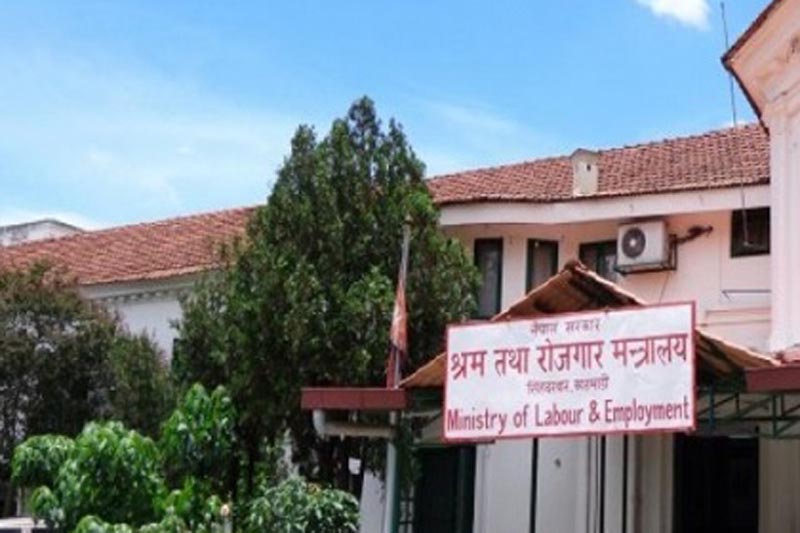Amendment of Foreign Employment Act on the cards
Kathmandu, April 6
With an aim to provide some respite to the foreign employment recruitment agencies to recover the losses caused by the coronavirus crisis, the government is preparing to amend the Foreign Employment Act.
The Ministry of Labour, Employment and Social Security (MoLESS) is preparing to remove the provision which states that an agency must send at least 100 workers abroad in one year to be eligible to renew its licence. The provision was introduced in February last year because when agencies send less number of workers, they are unable to survive on legitimate fees paid by the workers. As a result, such agencies tend to charge higher fees from aspiring migrant workers.
As per the previous amendment, the operating licence of any manpower firm that fails to send 100 migrants to foreign destinations annually would not be renewed and they would automatically be disqualified to send workers to foreign destinations. The manpower agencies had long been advocating for the withdrawal of the new rule.
The recent development comes at a time when Minister for Labour, Employment and Social Security, Rameshwar Raya Yadav, who joined the government in November last year, is accused of working in favour of the foreign recruitment agencies and not the workers.
Kumar Dahal, director general of the Department of Foreign Employment, said the line ministry had forwarded the proposal to amend the act to the Cabinet and the latter has also given its approval to revise the existing act.
“Now, the ministry is doing the groundwork to make the necessary changes in the law that will be beneficial to both the migrant workers and manpower companies,” he informed.
Meanwhile, Rohan Gurung, former president of Nepal Association of Foreign Employment Agencies, said they welcome the government’s decision. “The manpower companies had been repressed by the existing act, so the new move made by the government will pave the way to save manpower firms,” he stated.
A version of this article appears in e-paper on April 07, 2020 of The Himalayan Times.






